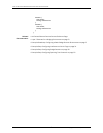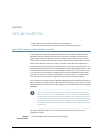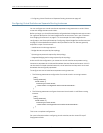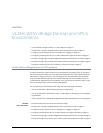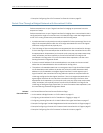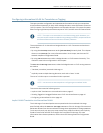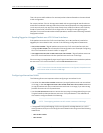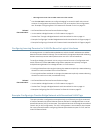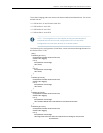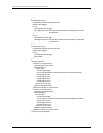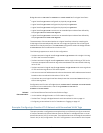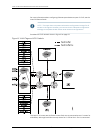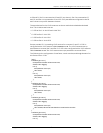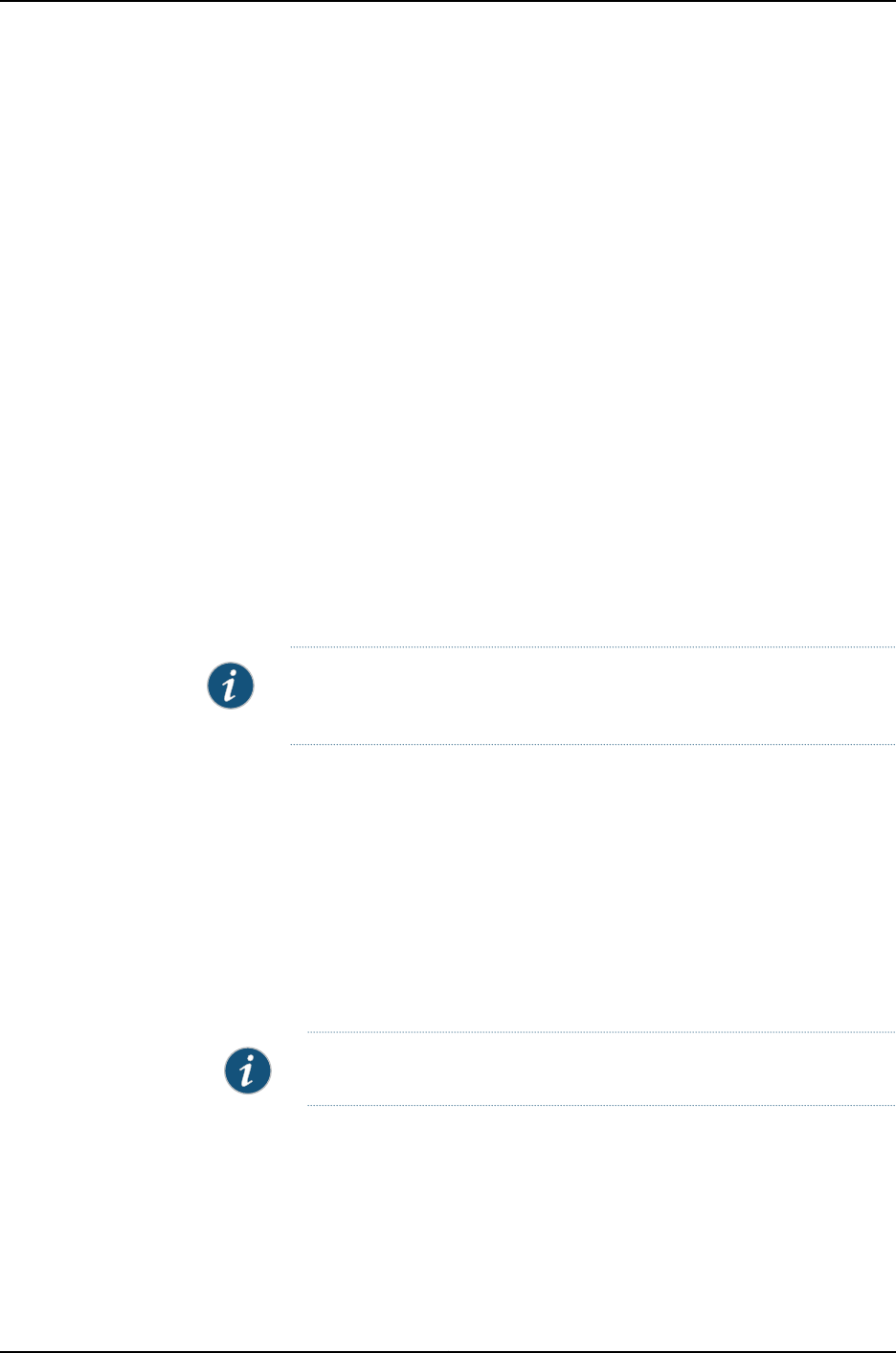
Then, the source MAC address of a received packet is learned based on the normalized
VLAN configuration.
For output packets, if the VLAN tags associated with an egress logical interface do not
match thenormalizedVLAN tags withinthe packet, thenappropriate VLANtagoperations
(such as push-push, pop-pop, pop-swap, swap-swap, swap, and others) are implicitly
made to convert the normalized VLAN tags to the VLAN tags for the egress logical
interface.Formore informationabout theseoperations, seethe JunosOSRoutingProtocols
Configuration Guide.
Sending Tagged or Untagged Packets over VPLS Virtual Interfaces
If the packets sent over the VPLS virtual interfaces (vt- or lsi- interfaces) need to be
tagged by the normalized VLAN, use one of the following configuration statements:
•
vlan-id vlan-number—Tags all packets sent over the VPLS virtual interface with the
configuredvlan-number.For anexample ofthis configuration, see“Example: Configuring
One VPLS Instance for Several VLANs” on page 55.
•
vlan-tags outer outer-vlan-number inner inner-vlan-number—Tags all packets sent over
the VPLS virtual interfaces with the specified inner and outer VLAN tags.
Ifthe incomingVLAN tags identifyinga Layer 2logical interfaceareremovedwhen packets
are sent over VPLS virtual interfaces, use the vlan-id none statement.
NOTE: Even when the vlan-id none statement is configured, the packets can
still contain other customer VLAN tags.
Configuring a Normalized VLAN
The following factors are important when configuring a normalized VLAN:
•
Use either the vlan-id vlan-number statement (to tag all packets with one normalized
VLAN tag) or the vlan-tags outer outer-vlan-number inner inner-vlan-number statement
(to tag all packets with the normalized outer and inner VLAN tags) if you want to tag
packets sent onto the VPLS pseudowires.
•
Use the vlan-id none statement to remove the incoming VLAN tags identifying a Layer
2 logical interface when packets are sent over VPLS pseudowires. This statement is
also used to configure shared VLAN learning.
NOTE: The outgoing packets can still contain customer VLAN tags.
•
If integrated routing and bridging (IRB) is configured for a bridge domain or a VPLS
routinginstance,then youmust configurea normalizedVLAN usingone ofthe following
statements:
•
vlan-id vlan-number
•
vlan-id none
Copyright © 2010, Juniper Networks, Inc.46
Junos 10.4 MX Series Ethernet Services Routers Solutions Guide



